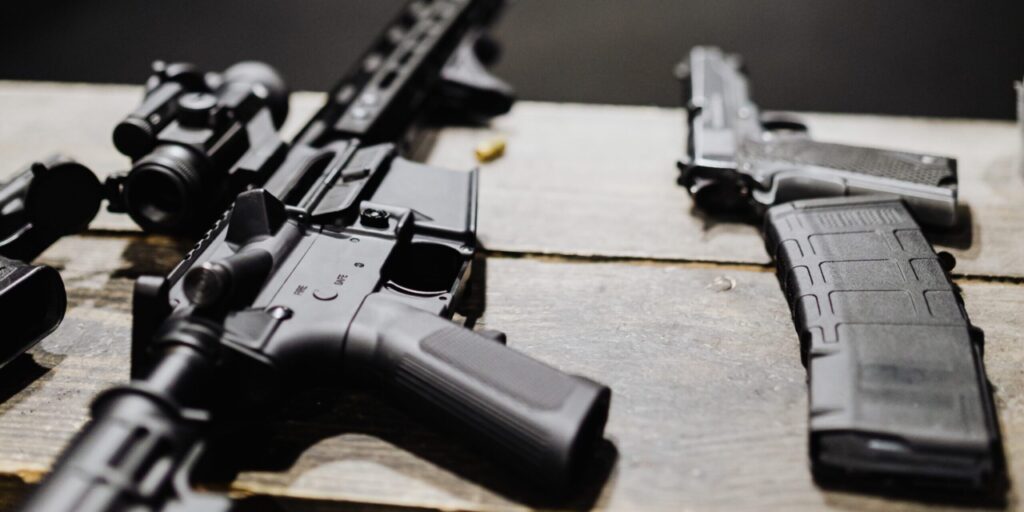- The difference between a divorce and an annulment - April 15, 2024
- Hidden costs to be aware of when buying a house - April 3, 2024
- The rules about legally transporting a firearm in Canada - April 1, 2024
By LegalMatters Staff • The Criminal Code currently includes long lists of banned weapons in Canada. That may change. According to a government announcement early in May, Bill C-21 would abandon the “approach of spelling out each make and variety of banned firearm in lengthy lists” and instead provide a “clear, consistent” definition of assault-style firearms to be prohibited, according to a recent news report.
The announcement adds that the new definition would be “forward-looking … meaning it would not apply to firearms currently on the market. It would be inserted into the Criminal Code and the Import Control List and apply to firearms designed and manufactured after the provisions come into force, so that firearms that exceed safe civilian use are not introduced into our communities.”
Ottawa criminal lawyer Céline Dostaler says this is a very sensible change, as currently there is no agreement on what is an assault weapon. She points to a media report that notes “the federal government’s marquee gun-control legislation simultaneously relies on three different definitions of what counts as an assault-style weapon, resulting in a tangle of banned firearms that experts are struggling to understand, and that the government has not fully explained.:”
For example, it notes that “shotguns and rifles that aren’t banned under one section of amendments to the legislation, called Bill C-21, are banned in another.”
“Considering this confusion, definitions that encompass new variants of weapons without specifically naming them are a good idea,” says Dostaler. “If a new firearm, comes out, how do consumers know if it is banned or restricted?”
She says she is representing a client charged with possessing an illegal rifle. She explains he lives in a rural area and legally purchased the rifle from someone he knew. As it turns out, the barrel had been shortened by three inches, which is illegal.
“When my client and I started looking at other similar types of firearms, we found a legal one with a barrel just three inches longer than the gun he owned,” says Dostaler. “His case, yet to go to trial, illustrates why we need clear language about what makes constitutes a prohibited weapon.”

